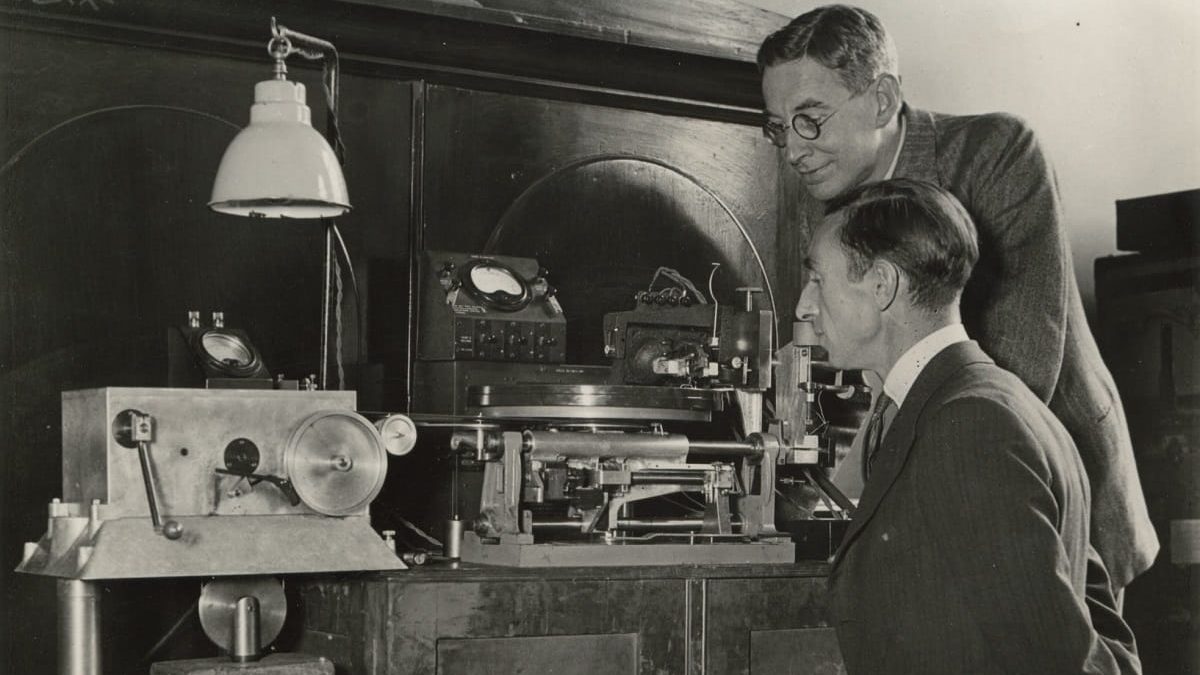Melodies are created by stringing together a variety of tones in order to create music. Intervals are the lengths between tones in a piece of music. If you want a piece of music to sound especially harmonic to human hearing, the intervals between the tones are quite influential. Tones are most often symbolized in our society by the notes that make up the musical scale. An octave is comprised of eight tones, and if you add all of the semitones, there are even twelve total tones. But where exactly did this breakdown into eight or twelve steps happen in the first place? Why are some intervals on the piano scale sound more harmonic?
Tones, when seen from a purely physical perspective, are nothing more than sound waves that have a certain frequency. In this way, each tone can be assigned a frequency. C0, located at the lower end of the audible range and with a frequency of 16.35 hertz, is the tone that is considered to be the lowest tone used in music. The frequency of 440 hertz is what causes a tuner to generate an A4 note, which is considered a concert pitch. The tone A5 is eight tones, or one octave, higher than the previous tone. Surprisingly, this tone has a frequency that is precisely twice as high as the previous one: 880 hertz. This relationship is the same for all tones; an octave change always means that the frequency has doubled.
The frequency of a tone is not always primarily emitted by a musical instrument, and neither is it always emitted by the human voice. If this were the case, then the sound produced by each instrument would be exactly the same. The “pure” sound of a frequency may be heard in beeps created by a computer; these sounds have a frequency known as a sine frequency. When singing or playing music, there are almost always other tones that are resonating, and these other tones are what comprise the unique sound of an instrument. “Overtones” are the term used to describe these extra tones. The basic tone of a person’s voice comes from the vocal cords. Overtones, on the other hand, come from the rest of the vocal tract, including the trachea.
Overtones determine perfect intervals
There are frequency ranges in every instrument, especially the voice, that contain frequency ranges in which there are a particularly large number of particularly strong overtones. These frequency ranges are referred to as formants. These formants are especially significant when it comes to the voice since they are the ones that govern how we interpret vowels.
Furthermore, whether singing or speaking, the formants almost always correlate to a perfect interval. This is something that we are familiar with, thanks to the musical scale. It is reasonable to assume that our earliest ancestors had an innate preference for these tones and intervals. Different tonal systems from other civilizations show that the scale used here is not the only way to play notes.
Intervals such as the octave and the fifth may be found in the music of practically every civilization on the planet. This suggests that the perception of these intervals is universal, or at the very least, shared by all individuals. It is very possible that the division of the musical scale as we know it originated from this intuitive awareness of “perfect” intervals. Certain tones and intervals just seem “correct” to our ears.






